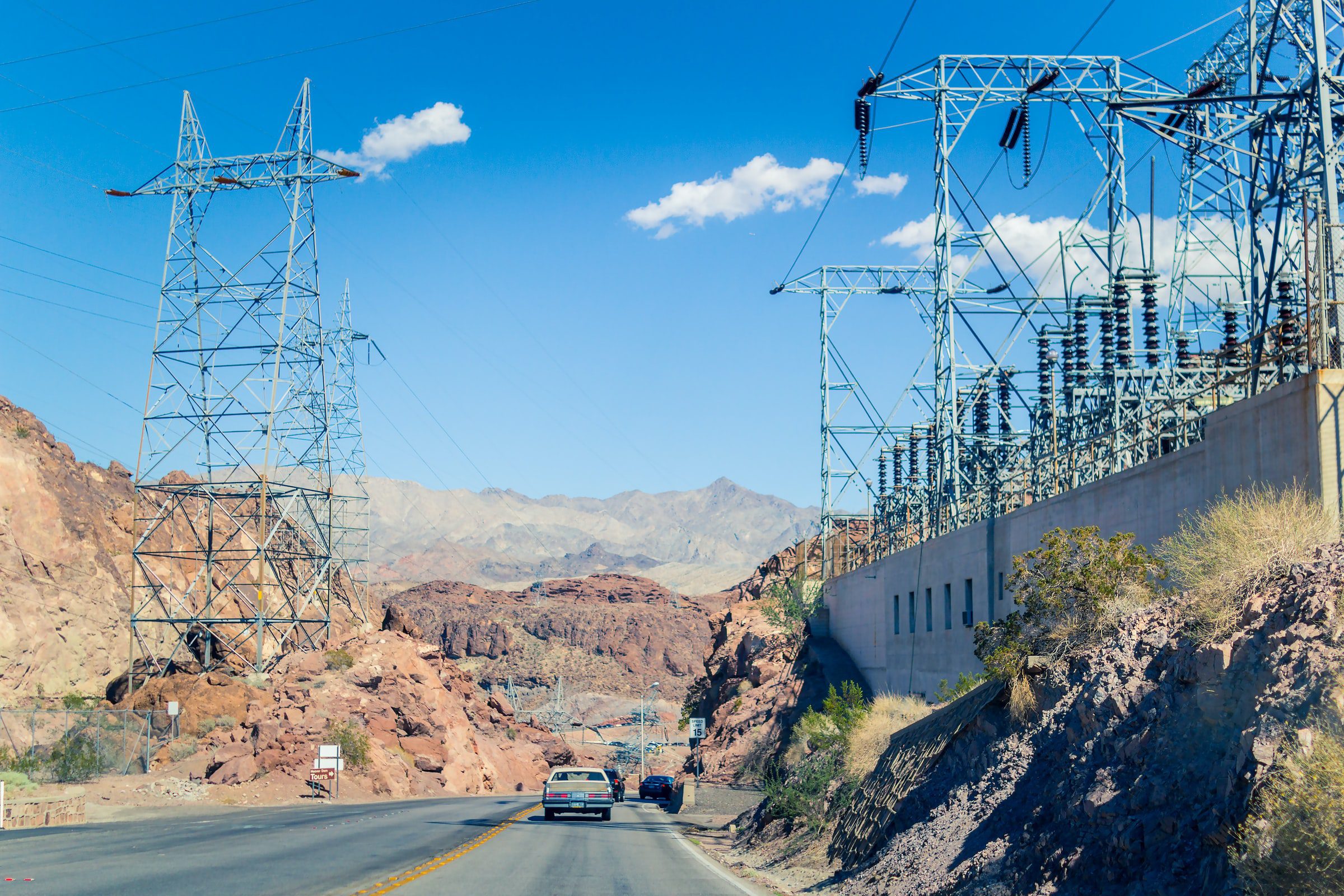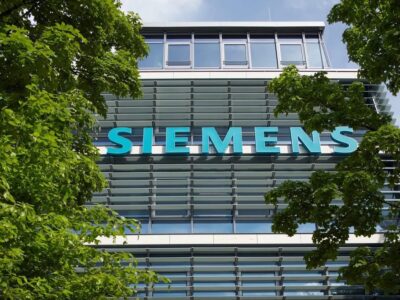If there is any downside to the nation fully investing in a future built on renewable energy sources, job loss certainly wouldn’t be one of them. It is no secret that the current administration has been working intensely on a nationwide expansion of clean energy projects as part of the widely publicized federal infrastructure bill. All this effort has successfully kept sustainability at the forefront of public discourse, with a wide variety of studies conducted by different institutions over the viability of renewables. One study speaks to the immense potential for job growth that could come out of a large-scale federal commitment to developing an infrastructure for renewable energy.
The report, released by the Americans for a Clean Energy Grid in April of this year, outlines 22 projects for constructing high-voltage transmission lines across the country. The projects, which would span entire regions of the United States, are ‘shovel ready,’ meaning the private companies involved in the construction have plans ready to go in terms of resource allocation but have stalled in anticipation of specific federal policy changes.
The changes include the passage of a tax credit for project investment, streamlining and expediting of the permit process, and an unnamed level of federal investment in the projects. If the required policy arrangements are made, the commencement of these projects would increase nationwide renewable energy capacity by 60,000 megawatts and result in a 50 percent rise in American solar and wind power generation. On top of this, the economic impact would be immediate– as many as 1.2 million jobs would be created, mainly manufacturing and construction jobs that would take place on American soil.
Industry hopefuls argue that, much like many of the massive infrastructural developments that needed to take place for the country to move forward over the past two centuries, these projects will serve as the backbone for a low-unemployment future. “Just like the federal interstate highway system helped drive the growth of the American economy in the last half of the 20th Century, an interstate electricity transmission system is needed to power the American economy into the 21st Century,” says Michael Goggin, who works as lead author and vice president of energy sector consulting firm Grid Strategies LLC. It can also be seen as a matter of public safety, as Goggin went on to point out that a more resilient power grid could prevent massive shutdowns like those seen in Texas from happening in the future.
In many circles, it is seen as somewhat inevitable for these projects to take place in the near future. The fact is that, regardless of how certain lawmakers may currently feel about the state of energy in the United States, the renewables transition is more of a ‘when’ than an ‘if’– and for that transition to happen, it is a simple necessity for transmission lines to be upgraded to keep up with energy demand. “Expanding and upgrading our outdated transmission system… is an incredible economic opportunity for our nation,” says American Council on Renewable Energy CEO Gregory Wetstone, who maintains a sense of hope that the transmission projects will remain a part of the federal infrastructure bill. “With smart transmission policies in place, we can put Americans back to work in good-paying jobs building a more reliable, efficient, and carbon-free grid.”





